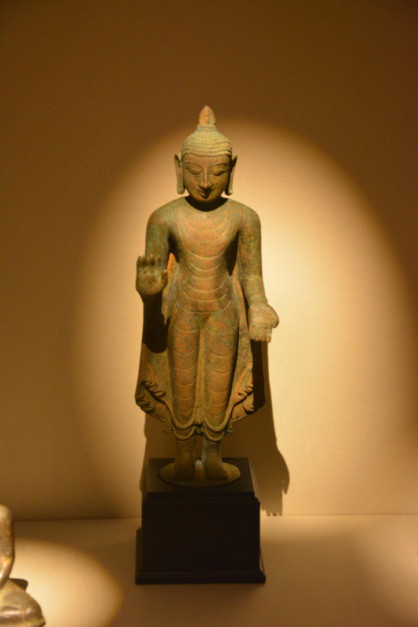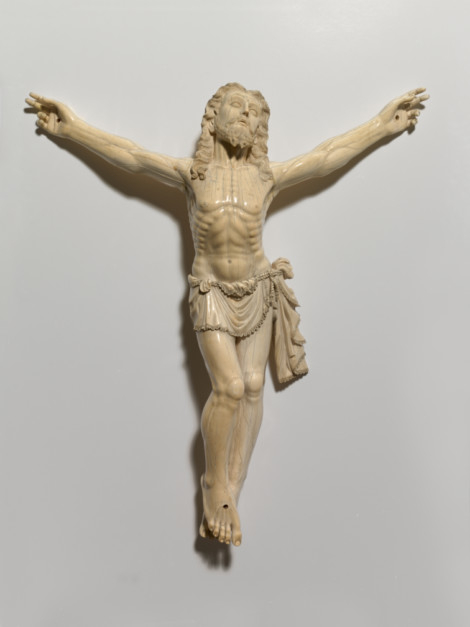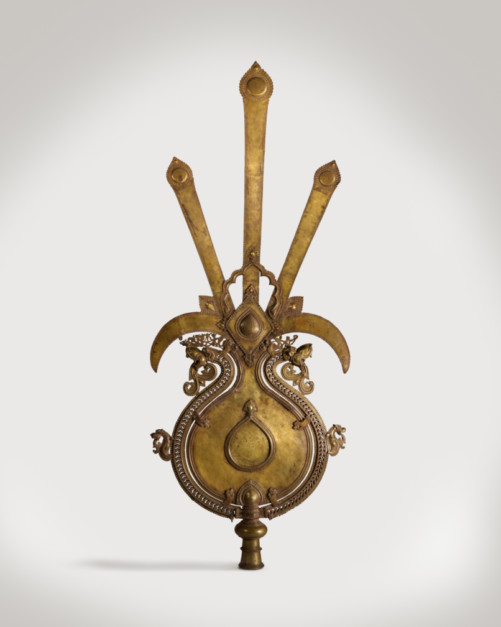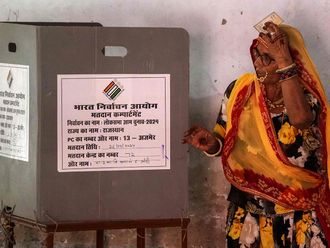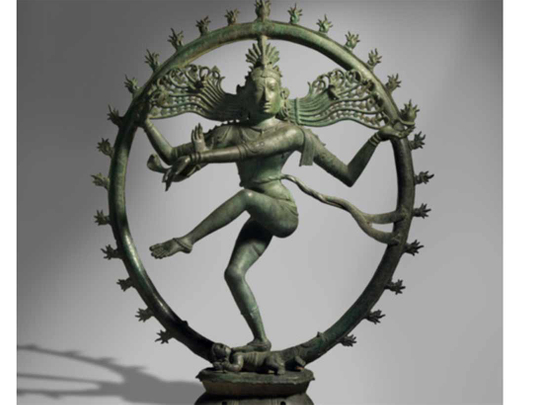
New Delhi: In 2003, Jaipur-based art dealer Vaman Ghiya was arrested and confessed to having stolen and exported more than 10,000 pieces of art, including paintings, sculptures, idols and a dismantled Mughal pavilion the size of a house. Ghiya was convicted in 2008 and sentenced to life imprisonment, But in January 2014 that conviction was quashed by an appeals court because of procedural irregularities during the police prosecution.
Then in 2011, Indian-born Subhash Kapoor who owned the Art of The Past art gallery in New York, was arrested after US Homeland Security investigators raided Kapoor’s warehouses and found a cache of 2,622 stolen artefacts and evidence that led to an illicit business worth more than a $100 million (Dh367 million). He is at present on trial in Chennai. But the heritage art community fears that justice may not be served this time either.
It was just such monumental political and public indifference towards cultural heritage theft that brought together like-minded people to found the India Pride Project (IPP). Anuraag Saxena, based out of Singapore, the public face of IPP said, “When I moved to the USA for work in 1998 I saw how they carefully protect even 100-year-old buildings. In India, on the other hand, heritage (forts, temples, museums, etc) lay in ruins. We as a people, have allowed this to happen for centuries. Historically heritage loot was a very localised issue. Now it’s part of a well-oiled global network, including art dealers, local goons, shipping agents, hawala operators and auction houses.”
The modus operandi of heritage theft goes something like this: international art dealers/smugglers fly into India and choose the sculptures and artefacts they want to steal. Local gangs who know the lay of the land are then commissioned to condduct the heist.
Typically these pieces are smuggled out to Hong Kong where false documents are procured and the goods are shipped to the UK, USA, Australia and Western Europe. These illicit antiquities are then sold to marquee art dealers and art auctioneers who in turn sell them for millions of dollars.
Of the 70,000 stolen heritage objects, a mere 200 are immediately recoverable thanks to the efforts of an international community that supports the IPP which includes Singapore-based art-blogger Vijay Kumar and Jason Felch, award winning reporter and author of Chasing Aphrodite and several others. But only a handful of idols like the Sripuranthan Nataraja, the Virudhachalam stone Ardhnarishwara have actually found their way back to their rightful home.
Indeed the story of the official repatriation of the idols to Prime Minister Narendra Modi from the respective heads of state of the US, Australia, Canada and Germany reads like a Dan Brown novel. Karnataka’s Halebid and Belur region in Hassan district is rich with Jain heritage sculptures and idols. Some of these are under the Archaeological Survey of India, but not all. While the ASI monuments are protected by security guards, the ones managed by local people are not. This has led to rampant theft amounting to about 200 monuments and temples in Karnataka being robbed of their antiques in the last 15 years.
Ironically, for the rampant, indiscriminate heritage looting happening in the country, only two states have a special wing — the Idol Wing CID under the Deputy Inspector General of Tamil Nadu and Kerala’s State Temple Anti-theft squad.
“What’s different about looting of heritage in India is that the scale is larger and unfortunately we as a nation have failed to protect our heritage ...” says Saxena, noting that the Carabinieri Art Squad of Italy, constituted in 1961, has restituted 350,000 artefacts, the Heritage police of Cambodia, constituted in 1994, have restituted over 3,000 heritage objects, while in India only 24 objects have been restituted.
Little action
“It’s not just that India has no enforcement wing, but that even among the police force there is no training given on skill sets required to understand how art valuation, shipping, documentation, currency transfers, auction houses, etc, work. “But not just this, India does not have a functional national database of heritage objects. What this means is when it comes to legal process, there are no photographs or documentation for us to prove that an object was ours to begin with,” Saxena says.
But what makes the IPP’s efforts grow stronger everyday is the emotional connect a community has to antique idols in its temples. As Anuraag Saxena puts it, “Idols (especially from religious sites) have tremendous emotional value, across various religions. If you look at Indian villages; life revolves around a couple of spaces — there is a village well, a village temple (or other place of worship), and probably a banyan tree. That’s pretty much it. That’s where people congregate, celebrate their festivals and create their memories. When such places of worship and social importance get looted, it rips apart the social-fabric of that village.”
So what can Indians do to stem this heritage looting? According to India Pride Project, one can start by registering the theft with the local police, take it viral on social media, and create awareness at school and college levels on the importance of retaining our heritage. Basically create a buzz so that the political machinery takes notice and action.
- The writer is a journalist based in Bengaluru.


